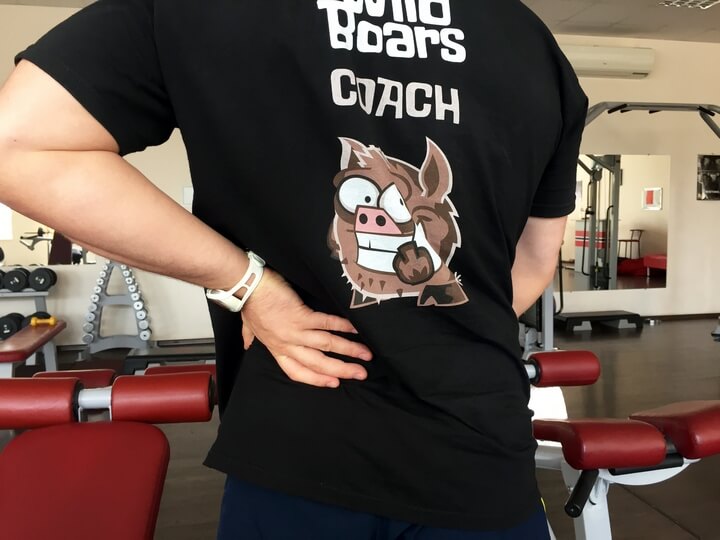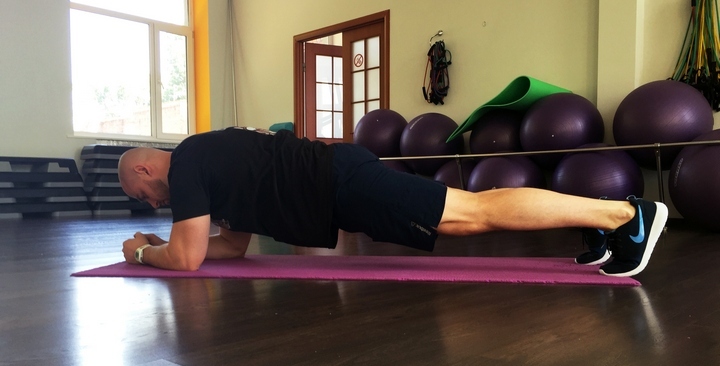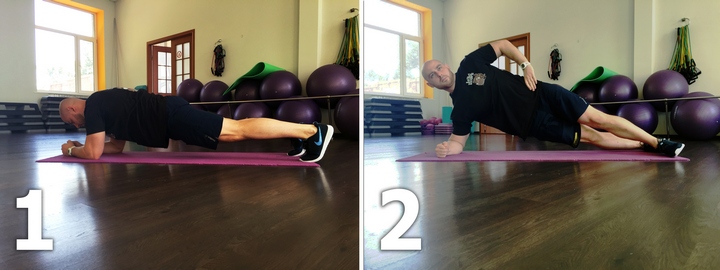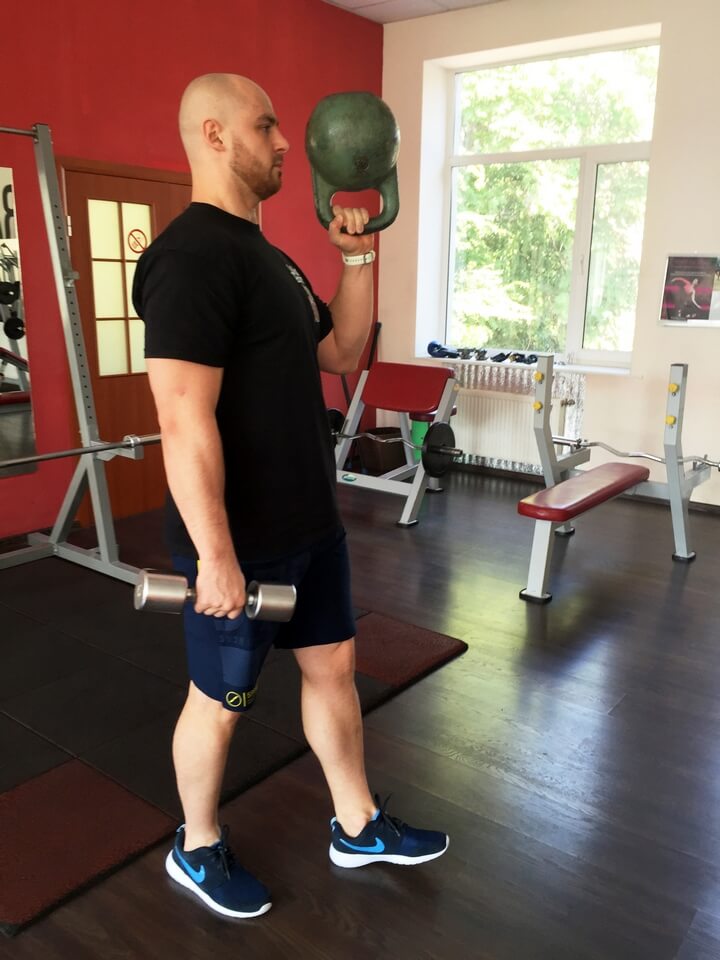Complex of Exercises on the Ab: Consider a safe system of training the abdominal muscles, which will keep the spine healthy.
For most exercisers, a strong abs is just a nice, flat stomach with six cubes. But, in truth, the aesthetic function of the abdominal muscles is far from the most important. One of their primary tasks is to create stabilization of the spine. So why don’t you switch to a more thoughtful and safer system of training your ab muscles, which will not only allow you to draw the relief, but also keep the spine healthy? Read about which exercises are suitable for this in today’s article.
Important Abdominal Functions You Didn’t Know About
In the muscle group that we are talking about today, the main focus of training is, as a rule, the rectus and oblique abdominal muscles. But let me introduce you to one that you probably haven’t heard of. It’s called the transverse abdominal muscle.
This muscle is located in the deep layers of the press, under the rectus abdominis muscle, and therefore is often overlooked. But its role surpasses the importance of all other abdominal muscles. If you learn how to properly engage this area before and during exercises, you will save the spine from unnecessary squeezes and stretches, which will keep it healthy and prevent back pain. When training your abs, do not care about anatomical beauty, but about muscle performance.
We bet that if you still do crunches and similar abdominal exercises, then from time to time you experience pain in the lower back. Why is this happening? Let’s look at an illustrative example of another muscle – the biceps of the arm.
When you do weighted biceps curls, you can directly observe how the biceps stretch and contract. And you’re quite used to feeling some post-workout muscle soreness the next day. The biceps are slightly shortened during this recovery period and remain in this position, resisting stretching.
So the abdominal muscles are arranged in the same way. Because this property of muscles is to react by stretching and contracting. Therefore, by performing various variations of the curls, you are more likely to cause more damage to the spine, which benefits your abs. Because these exercises cause the torso and spine to bend excessively, the facet joints and spinal discs are subject to significant stress. And this is a direct road to back pain.
What to look for when training your abdominal muscles
All abdominal and lumbar-pelvic muscles work in complex tandem to protect the spine. This is especially true for the lumbar segments of the spine. This protection is manifested in the prevention of rotation, flexion and extension of the spine.

Of course, rotation, flexion and extension of the spine is a natural and integral part of everyday life. And the goal is not to minimize these influences on the spine. But it is in this vein that it is worth thinking if we are talking about training the press – in order to get the best understanding of what actually happens in the spinal region when performing certain exercises.
So the first place to start is building the correct posture that you feel suits your body in the best way. Posture and spinal alignment are two basic things that build strength and function in your abdominal muscles.
The second step is to train for proper abdominal stability. If you manage to stabilize your abs during movement, the stress on your lower back is reduced and its health is improved.
The third step is to strengthen the abs by adding external resistance (for example, using a medicine ball, gym shoes, cable trainer, rubber band, elastic band, etc.). If you have competently completed the first and second stages of the study of the press, then you have created a solid foundation for further training and here, in the third stage, you can start adding strength exercises and explosive movement patterns to your training program.
The outlined sequence of stages is very important, since it ensures the formation of spine resistance to external influences and guarantees its healthy state. In practice, the three stages correspond to the three difficulty levels of abdominal exercises: basic, intermediate and advanced. What are these levels?
Practical guidelines for abs workouts
The basic level of working out the press assumes the presence of general strengthening exercises, for example, such as a plank. The main task is to create tension throughout the body and to hold the static load, resisting the force of gravity and the desires of the body.
At a higher level of training, one must learn to do exercises while deliberately trying to avoid spinal expansion, especially in the lumbar spine. In order to do this properly, it is necessary to develop a certain stability of the press. It is extremely important to do this before adding elements of strength and power.
Below you will find exercises that will allow you to purposefully and safely progress towards strengthening the abs, while taking precautions for the spine. We warn you right away: this is not an easy task, but it is quite justified if for you sport is, first of all, health. We recommend that you master the exercises well in each of the sections before moving on, increasing the level of difficulty.
Abdominal Exercises: Basic
- “Plank”

- Pulling the knees to the chest from the plank position
- “Dead Beetle”. You can find a description of this exercise in the article “Hip Extension: Secrets of Correct Technique” .
Abdominal Exercises: Intermediate
- “Plank” with a transition to the side “plank” with crossed legs. Run alternately on the right and left sides.

- Cross-pull on the harness or cable trainer handle in the “one knee” position. When finished, turn your other side to the machine and repeat the approach.
- Press with an elastic expander away from you and up from the position “sideways to the rack of the simulator, without turns”
- Sliding “bar”
Abs Workouts: Advanced
- Side “plank” with a simultaneous pull of the expander to the back and bending the knee to the chest. After completing the approach, change the stance and do the required number of repetitions to work out the other side of the body.
- Medicine ball side throws. Perform throws both left and right.
- A variation of the “farmer’s walk”: with dumbbells in a straightened arm and a kettlebell in a bent arm. After graduation, change the weights in your hands in places and perform another approach.

By following this methodology, you can more easily achieve the optimal balance of six-block aesthetics, abdominal performance and spinal health, while avoiding unwanted trauma along the training path.

